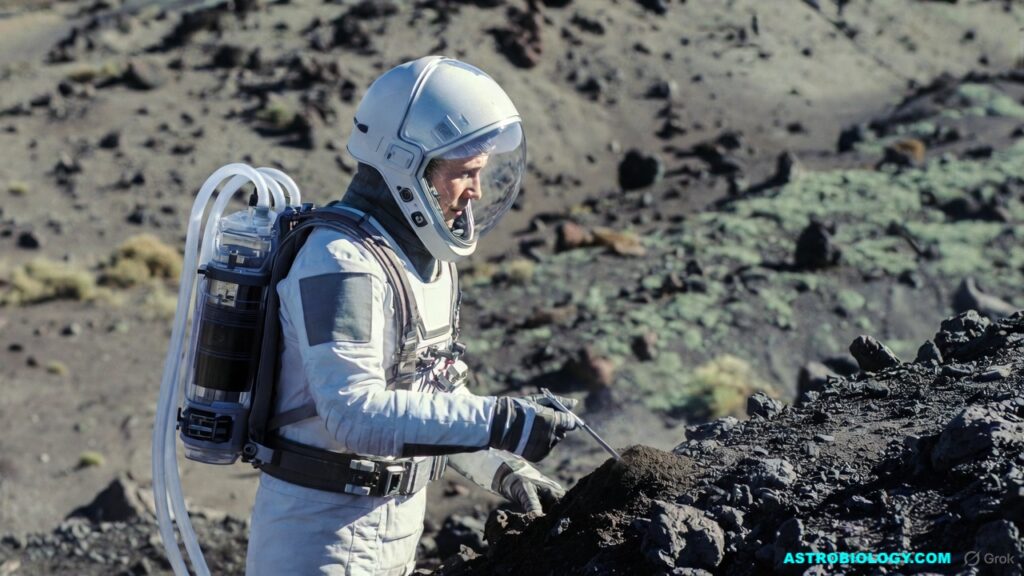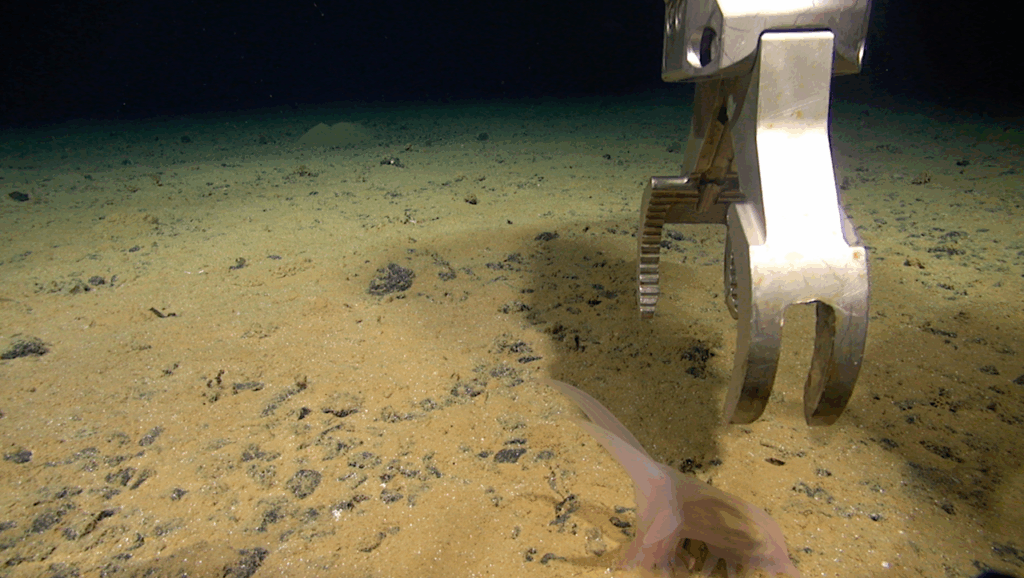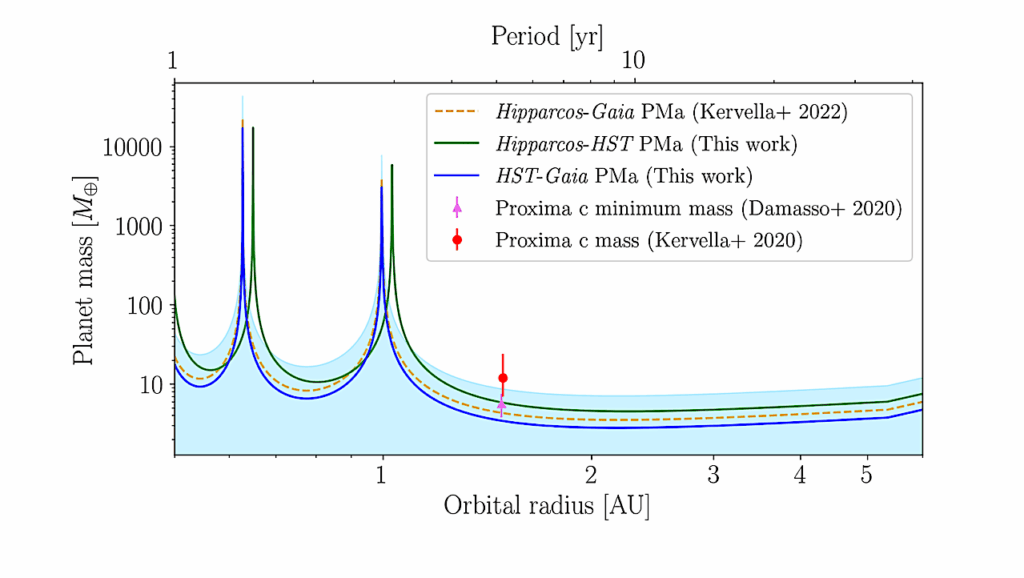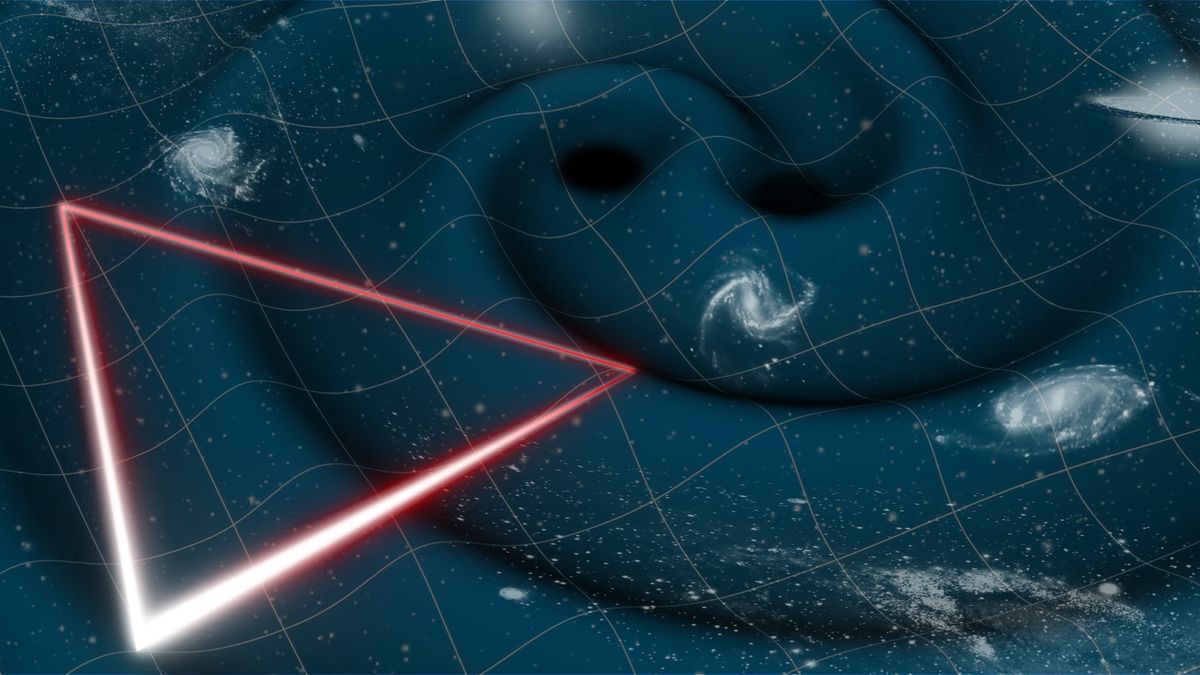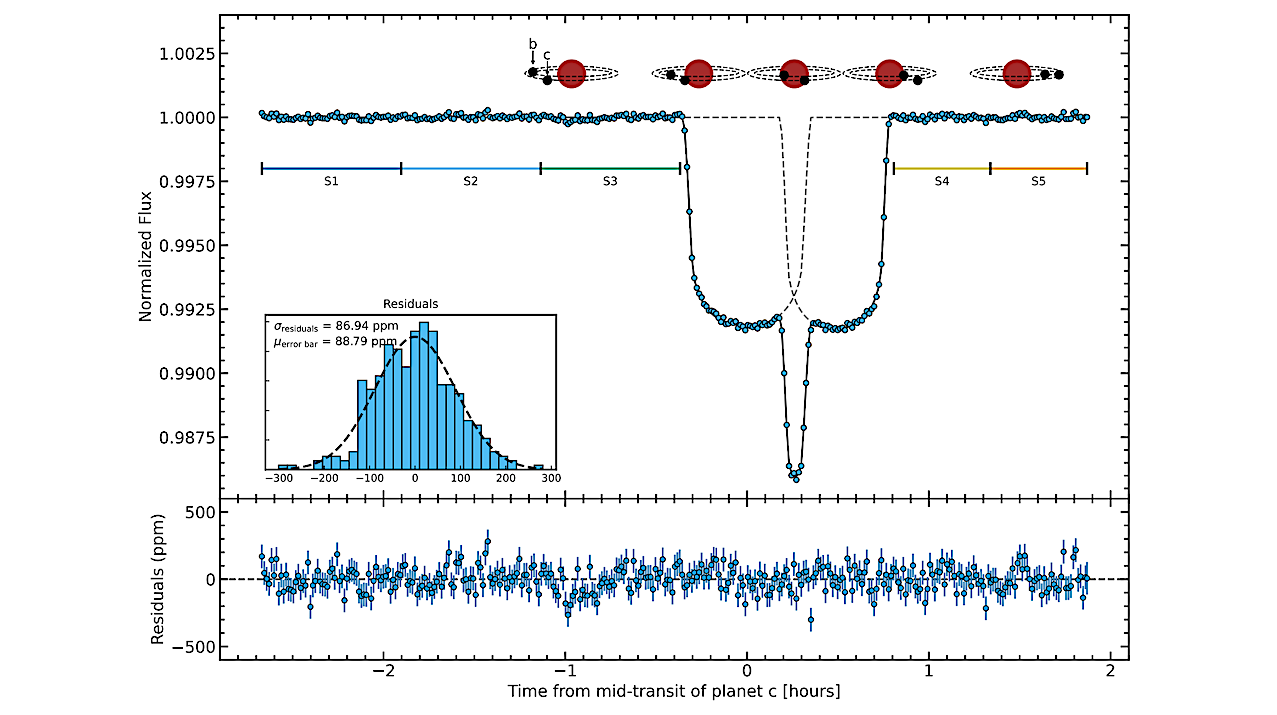Now Reading: Hydrogenation Of Acetaldehyde On Interstellar Ice Analogs Reveals Limited Destruction
-
01
Hydrogenation Of Acetaldehyde On Interstellar Ice Analogs Reveals Limited Destruction
Hydrogenation Of Acetaldehyde On Interstellar Ice Analogs Reveals Limited Destruction
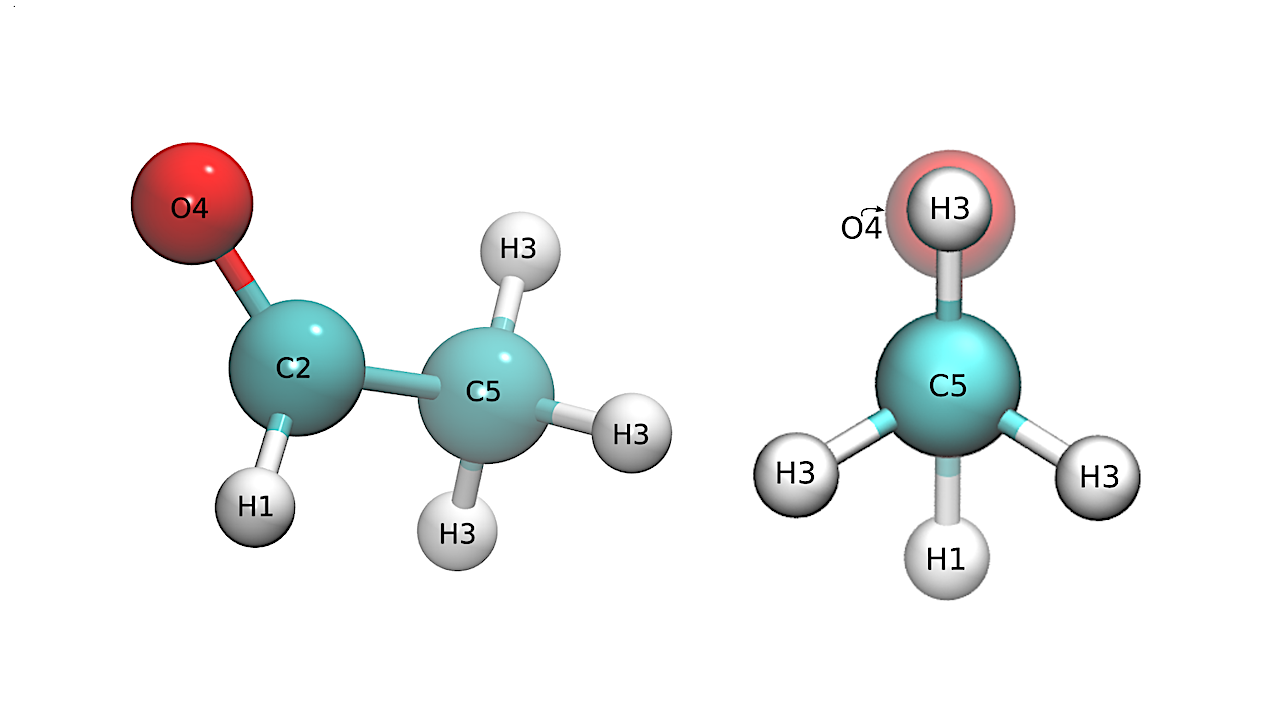

LEFT Acetaldehyde molecule with the positions where the hydrogenation and deuteration reactions are sampled. RIGHT Newman projection of the molecular model showing the considered CH3CHO syn conformer. astro-ph.GA
We sought to determine which are the main hydrogenation paths of acetaldehyde (CH3CHO). As a partially unsaturated molecule, CH3CHO can have links with more hydrogenated species, like ethanol (C2H5OH) or with more unsaturated ones, like ketene (H2CCO).
We used highly accurate quantum chemical calculations to determine the reaction rate constants for the CH3CHO + H/D reaction. Our theoretical results are confronted against our experiments on the hydrogenation and deuteration of CH3CHO ice. We find that acetaldehyde resists hydrogenation, with only a 10% of conversion to products different than CH3CHO. This is due to a predominance of H-abstraction at the HCO moiety, with reaction rate constants up to four orders of magnitude higher than the next possible reaction channel, that is hydrogenation at the aldehydic carbon.
The formed CH3CO radical experiences barrierless or nearly barrierless reactions in all possible reaction positions, reforming CH3CHO and creating a closed loop that protects the molecule against hydrogenation. We constrain the branching ratios for the second reaction from experiments. Our experiments agree with the calculations and from the combination of both we can explain the presence of H2CCO, CO, CH4, C2H5OH, H2CO or CH3OH as minor products at the end of the reaction. We provide recommendations for future modeling efforts.
Our results show limited destruction of acetaldehyde, reinforcing the vision of this molecule as an abundant and resilient COM. From the experiments, we are not able to observe the reactive desorption of this molecule. Our results align with other modeling works, showing that the link between CH3CHO and C2H5OH is not direct. Finally, our results can explain the excess of CH3CDO found in prestellar cores.
Germán Molpeceres, Thanh Nguyen, Yasuhiro Oba, Naoki Watanabe
Comments: Accepted for publication in Astronomy and Astrophysics
Subjects: Astrophysics of Galaxies (astro-ph.GA)
Cite as: arXiv:2412.17529 [astro-ph.GA] (or arXiv:2412.17529v1 [astro-ph.GA] for this version)
https://doi.org/10.48550/arXiv.2412.17529
Focus to learn more
Submission history
From: German Molpeceres
[v1] Mon, 23 Dec 2024 12:52:16 UTC (3,913 KB)
https://arxiv.org/abs/2412.17529
Astrobiology, Astrochemistry,
Stay Informed With the Latest & Most Important News
Previous Post
Next Post
-
 012024 in Review: Highlights from NASA in Silicon Valley
012024 in Review: Highlights from NASA in Silicon Valley -
 02Panasonic Leica Summilux DG 15mm f/1.7 ASPH review
02Panasonic Leica Summilux DG 15mm f/1.7 ASPH review -
 03From Polymerization-Enabled Folding and Assembly to Chemical Evolution: Key Processes for Emergence of Functional Polymers in the Origin of Life
03From Polymerization-Enabled Folding and Assembly to Chemical Evolution: Key Processes for Emergence of Functional Polymers in the Origin of Life -
 04How New NASA, India Earth Satellite NISAR Will See Earth
04How New NASA, India Earth Satellite NISAR Will See Earth -
 05And Thus Begins A New Year For Life On Earth
05And Thus Begins A New Year For Life On Earth -
 06Astronomy Activation Ambassadors: A New Era
06Astronomy Activation Ambassadors: A New Era -
07SpaceX launch surge helps set new global launch record in 2024












